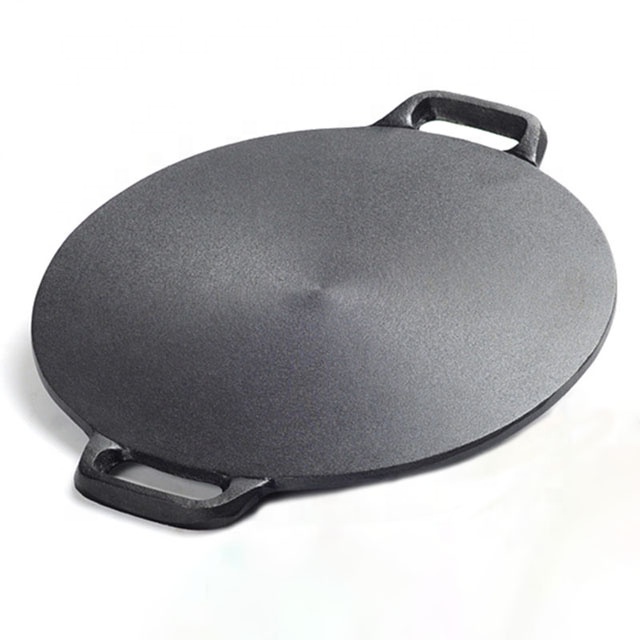
Tips for Effectively Reseasoning Your Cast Iron Skillet for Optimal Cooking Performance
Re-seasoning Your Cast Iron Skillet A Comprehensive Guide
Cast iron skillets are cherished kitchen tools known for their durability, heat retention, and versatility. However, over time, the seasoning on your skillet may wear down, leading to food sticking and a loss of non-stick properties. Re-seasoning your cast iron skillet is an essential maintenance task that restores its natural coating and enhances its performance. Here’s a step-by-step guide to effectively re-season your cast iron skillet.
Step 1 Clean the Skillet
Before re-seasoning, it’s crucial to start with a clean surface. If your skillet has any rust or old seasoning that is flaking off, use a combination of steel wool and mild soap to scrub the skillet clean. While traditional advice often suggests avoiding soap, a light use in this scenario is acceptable, especially if your skillet is heavily soiled. Rinse thoroughly with warm water and dry completely with a soft cloth or paper towels.
Step 2 Remove Any Rust
If you notice rust on your skillet, it’s essential to remove it before seasoning
. You can use fine-grit sandpaper or a rust eraser to carefully scrub the affected areas. After removing the rust, wash and dry the skillet again to ensure there is no leftover debris.Step 3 Apply Oil for Seasoning
reseasoning cast iron skillet

Next, select a suitable oil for seasoning. Common options include flaxseed oil, grapeseed oil, or vegetable oil, all of which have high smoke points. Pour a small amount of oil onto the skillet, using a paper towel to spread it evenly across the entire surface, including the handle and the bottom. Ensure there’s a thin layer of oil to prevent any sticky residue.
Step 4 Heat the Skillet
Preheat your oven to 450°F (230°C). Place the skillet upside down on the oven's middle rack to prevent pooling of oil. It's a good idea to place a baking sheet on the rack below to catch any drips. Bake the skillet for about an hour, allowing the oil to bond with the cast iron. After an hour, turn off the oven and let the skillet cool inside.
Step 5 Maintain the Seasoning
Once your skillet is re-seasoned, maintain it by avoiding drastic temperature changes and never soaking it in water. After each use, clean it with warm water and a brush, then dry and apply a light coat of oil before storing.
Re-seasoning your cast iron skillet not only preserves its longevity but also enhances your cooking experience. With a little effort, you can keep your skillet in excellent condition for generations to come. Happy cooking!
-
Cast Iron Cookware Pancake Pan- ZD Cookware|Non-Stick, Even Heat, DurableNewsAug.02,2025
-
Cast Iron Cookware- Baixiang County Zhongda Machinery|Non-Stick, Heat RetentionNewsAug.02,2025
-
High Quality Kitchen Durable Black Round Cast Iron Cookware Pancake Crepe Pan With Wooden Handle|Non-Stick Surface&Heat RetentionNewsAug.02,2025
-
Authentic Traditional Chinese Wok for High-Performance CookingNewsAug.02,2025
-
Season Cast Iron Perfectly with GPT-4 Turbo TipsNewsAug.01,2025
-
High Quality Cast Iron Cookware - Baixiang County Zhongda MachineryNewsAug.01,2025


